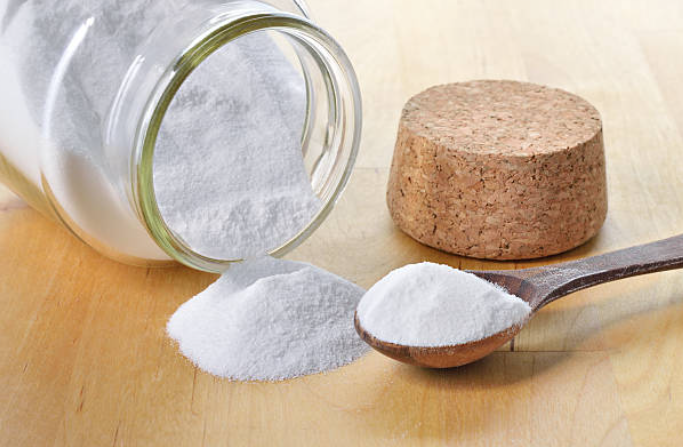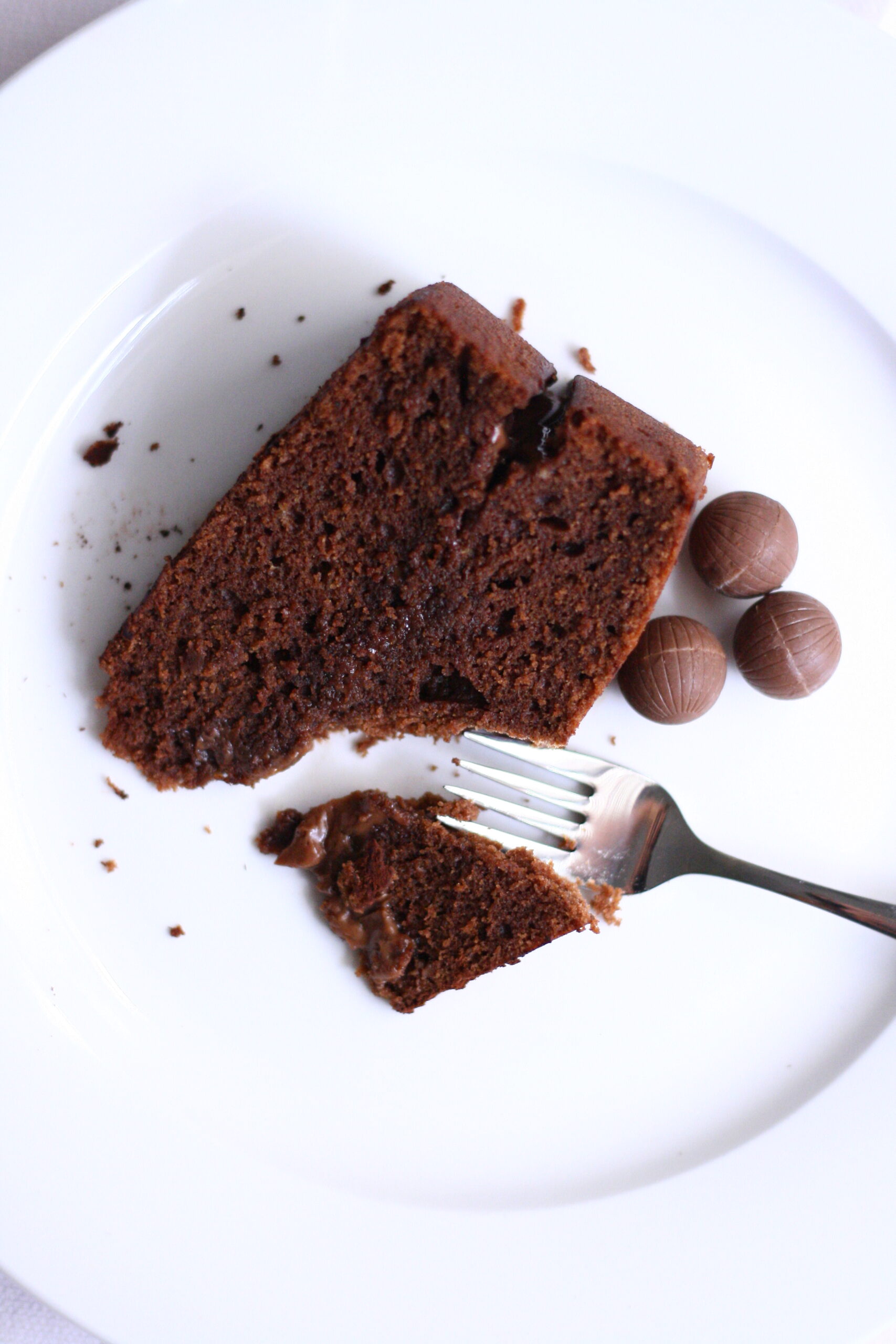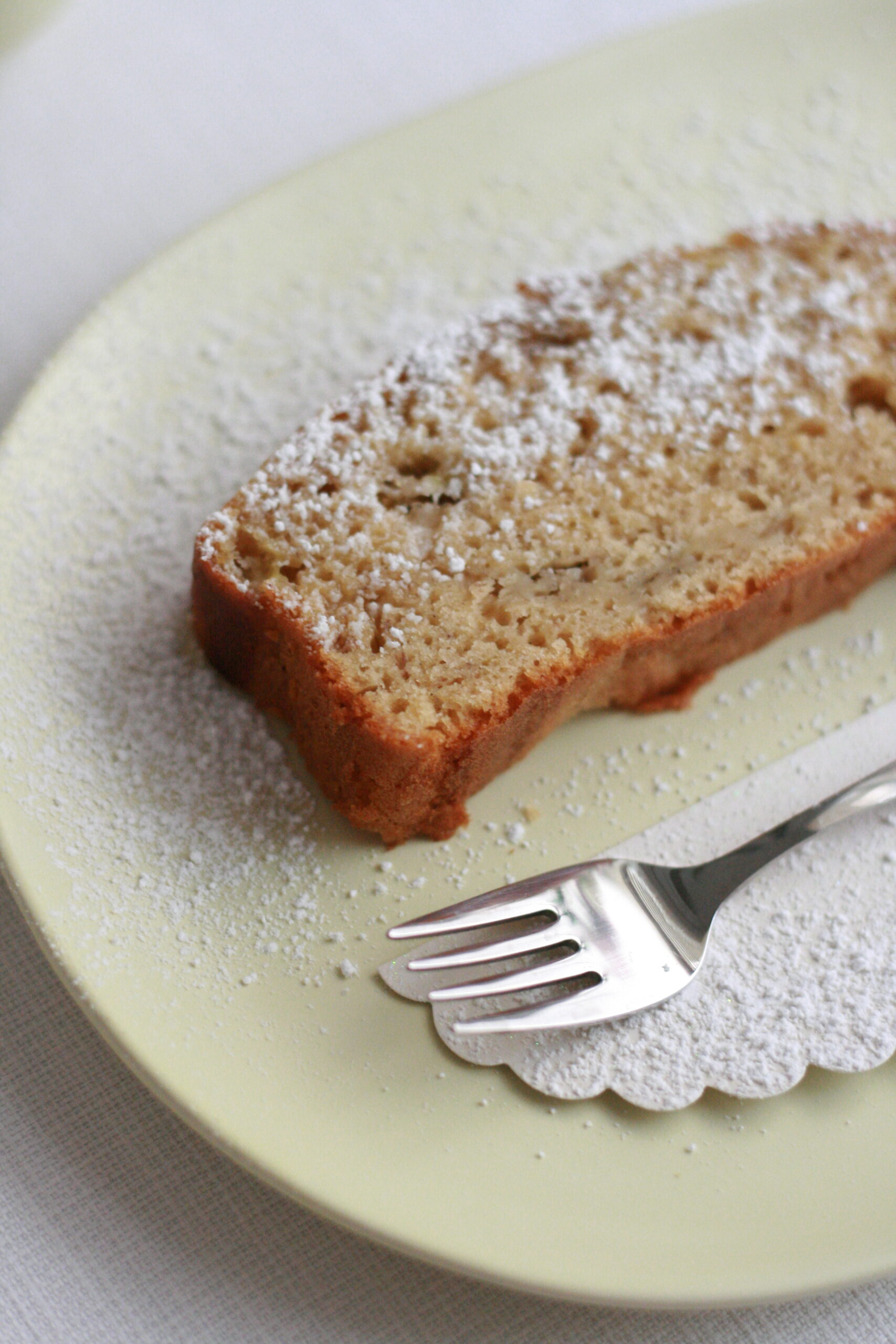Throughout my time teaching baking, raising agents have been a constant source of confusion to many of my students and at times myself! How do you decide – baking powder vs baking soda? Why do some recipes call for one and not the other? Why do some call for both? Why do I sometimes have to rush to get the mix in the oven, whereas other times leisurely leave it out on the side before baking? Ohh it all gets so confusing!
Science was certainly never my strong point at school, so bare with me throughout this article as I touch on upon a few elements of basic chemistry. The main purpose of a raising agent, be it Powder or Soda, is that we want it to increase the volume in our baked goods and provide a light and fluffy texture. The basic theory behind this is that the raising agent will create a chemical reaction between an alkaline and an acid. The reaction is as follows: gas => bubbles => cake is raised. Flavour and crumb colour also come into play, the reasons for which will become clear as we proceed through the article.

 Baking Powder
Baking Powder
To answer the question baking powder vs baking soda we need to take a close look at each. Baking Powder is a blend of a weak acid (Cream of Tartar); an alkali (Baking Soda); and a drying agent (Starch). Baking Powder has a neutral taste, when mixed with liquid, bubbles of Carbon Dioxide (CO2) are created. These bubbles of CO2 expand during baking and push up against the structure of the cake to leaven the bake. Towards the end of baking, the bubbles set and the cake will have risen with an even texture.
As Baking Powder already contains an acid to neutralize the alkaline baking soda, it is usually used when no other acidic ingredients are included in the mix because additional acid is not needed to neutralize the taste of the Baking Soda.
The acid in Baking Powder is either fast or slow acting. Fast acting Baking Powder reacts when mixed with liquids at room temperature, whereas slow acting Baking Powder reacts when heated. Most consumer brands of baking powder use a mix of several compounds to create a double (fast and slow) reaction. This means you get double action for your money! This allows you to take your time because the mix can be left to sit out of the oven for a while before being baked.
Baking Soda
Baking Soda (Bicarbonate of Soda) is pure sodium bicarbonate and has a light and tangy taste. This raising agent is used when another acidic ingredient is present in the recipe, such as: buttermilk; chocolate; cocoa; molasses; honey; citrus; vinegar or cream of tartar. The infamous Red Velvet Cake recipe is a magic mixture of Baking Soda and Acidic ingredients in action!
Baking soda starts to work as soon as it is mixed with an acidic liquid. This mixture releases CO2 and a neutral salt. Similar to Baking Powder, the CO2 forms bubbles which gives the cake a good rise and texture. Beware that the reaction is much quicker when using Baking Soda so you will need to get your cake into the oven as fast as you can, otherwise it may run out of CO2 (‘puff’) and come out flat. Baking Soda can create a rise in your cake with just heat, however an additional acid is a necessity to neutralise the alkaline flavour. The lack of an additional acid will lead to a metallic or soapy taste!
How much to use?
Your recipe will usually state how much raising agent needs to be added. If you are in the mood for experimenting or a little recipe development you can follow the guideline below:
General rule
1 teaspoon of Baking Powder to 1 cup of flour
Baking Soda is about 4 times stronger than Baking Powder, so proportionally much less will be used in a recipe.
General rule
¼ teaspoon of Baking Soda to 1 cup of flour
Take care when measuring out your raising agent, too much could result in a peaked surface or a collapsed cake. If too much Baking Soda is added to the recipe it can cause an unpleasant flavour and a darker bake. Conversely, if too little is used, a strong acidic flavour may remain. Heavier doughs such as banana cake will require more raising agent than a lighter dough.
When do I use what? Baking powder vs baking soda.
If the recipe has an acidic ingredient, you will want to use Baking Soda. If the recipe contains mainly ‘neutral’ ingredients such as butter or milk, you will want to use Baking Powder.
Now this is where it can all start to feel like it is getting a bit confusing as some recipes include both Baking Powder AND Baking Soda in the mix!? Why??
These recipes will most likely contain an acidic ingredient which will call for the use of Baking Soda. That reaction alone will not create enough CO2 to leaven the cake batter, thus additional baking powder is also included to give it a bit of extra help with the ‘lift’. If we were just to continue adding more Baking Soda the final result may have too much of an alkaline and soapy taste. By including both you create a balanced and tasty reaction.
Using the two different raising agents allows you to control the final flavor of the cake. If you wanted to keep the tangy taste of an acidic ingredient (such as buttermilk), you won’t want your Baking Soda to neutralize all of the acidity in the ingredient. By including Baking Powder you will sufficiently leaven your bake and retain some of the ‘zingy’ flavour essence.
Although the two raising agents may look the same, they certainly don’t act the same! Ensure that you use the correct one for your recipe otherwise the final result might not be quite what you had intended. I have learned this from personal experience!
Is my Raising Agent still fresh enough to use? Baking Powder vs Baking Soda
Over time moisture and heat can cause raising agents to lose their effectiveness. Best before dates marked on the packets are not always the best guide. The starch in baking powder is included to help absorb excess humidity to prolong the shelf life of the product and for more accurate measuring! Test the freshness of your raising agents in the following way:
Baking Powder – place a teaspoon of powder into a small amount of hot water and if it bubbles energetically it is still active and usable.
Baking Soda – place a teaspoon of soda into a small amount of vinegar and if it bubbles energetically it is still active and usable.
Here are two of my favourite tea time cake recipes that use raising agents in slightly different ways.
Cinnamon Spiced Chocolate Buttermilk Cake

This contains a mixture of both raising agents. This is to preserve the tangy flavour of the buttermilk whilst creating a nice fluffy texture.
- 1 cup Buttermilk
- 1 1/4 cup Muscovado or light brown sugar
- 125 g Melted butter
- 1/4 cup Cocoa powder
- 1 1/2 cup All purpose flour
- 1 1/2 tsp Baking powder
- 1/2 tsp Baking soda
- 1 tbsp cinnamon
- 2 Eggs lightly beaten
- pinch of salt
-
Preheat the oven to 180˚C and grease and line a round 20cm cake tin.
-
In a large saucepan combine the buttermilk, sugar, butter (melted), cocoa and stir over a low heat until the sugar is fully dissolved. Take off the heat.
-
Using a whisk, gently mix in the eggs.
-
In a separate bowl sift together the flour, cinnamon, salt, baking powder and baking soda.
-
Gently fold the flour mix into the wet ingredients until fully combined. Pour into the prepared tin and bake for 45 minutes or until an inserted skewer comes out clean. Allow to cool for 5 – 10 minutes in the tin then unmold onto a wire rack.
Serving suggestion – top with some decadent chocolate ganache and eat with fresh cream.
Banana Loaf Cake

This recipe calls for a larger proportion of Baking Powder to help ‘lift’ the heavier dough created by the mashed bananas.
- 140 g butter (softened plus extra for greasing the tin)
- 140 g castor sugar
- 1 cup of all purpose flour
- 2 eggs (beaten)
- 2 tsp baking powder
- Pinch of salt
- 1 tsp vanilla extract
- 2 ripe bananas – the riper the better! (If they are a little under ripe bake them with the skins on in a medium oven for 15 minutes.)
- 100 g chocolate chunks – optional
- Icing Sugar for dusting – optional
- Preheat the oven to 180˚C and line and grease a 2lb loaf tin.
- Cream together the butter, sugar, salt and vanilla until light and fluffy.
- Add the beaten eggs a little at a time until fully incorporated. If the mixture starts to curdle add a tablespoon of the flour.
- Sift together the flour and baking powder.
- Gently fold in half of the flour mix to the creamed mixture. Being careful not to overmix add the remaining flour and mix until combined.
- Fold in the mashed bananas and if desired the chocolate chunks.
- Bake for about 30 minutes or until an inserted skewer comes out clean. Allow to cool for 5 – 10 minutes in the tin then unmold onto a wire rack.
- Dust with sifted icing sugar.

